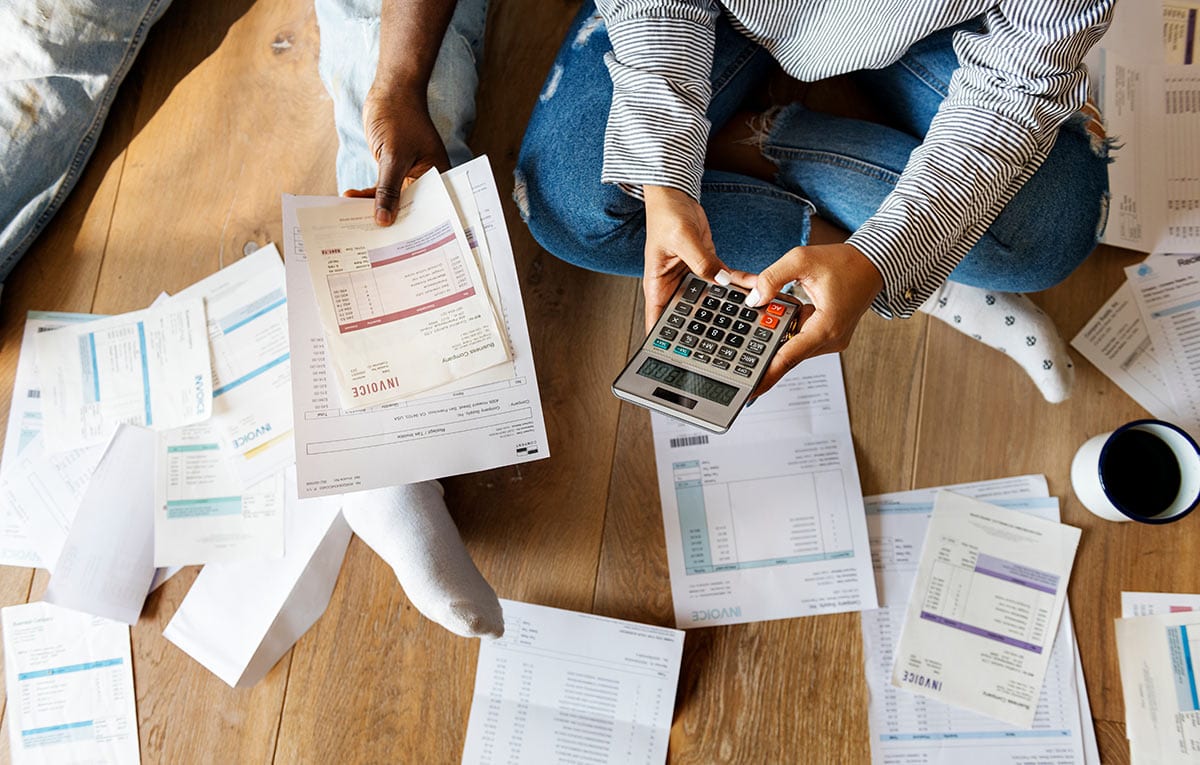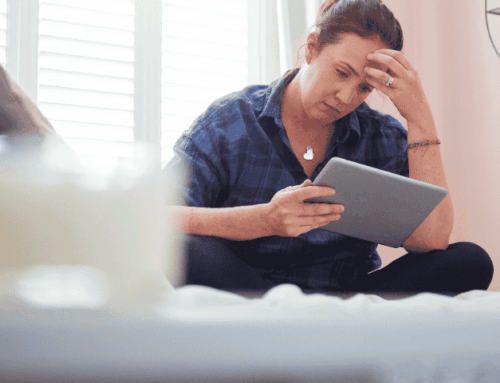What is a Consumer Proposal
The ability to reduce your debt by up to 97% without sacrificing your credit score is the biggest reason to consider a Consumer Proposal. But how does it work and is it right for you? That’s what we’re going to find out.

A look inside Consumer Proposals
Really, the main perk to declaring bankruptcy is that you are protected. The creditors and lawsuits are forced to stay away. The risks, of course, are you may end up losing your home and the bankruptcy is reflected in your credit rating for 6 years after it’s discharged. Knowing that there are other options can be comforting during these hard times.
A consumer proposal is a debt settlement agreement that is legally binding and provides THE SAME PROTECTION as a bankruptcy. It is done with a Licensed Insolvency Trustee such as Andrea Orr, here in Windsor. This is the only debt settlement agreement program that is sanctioned by the Canadian government. The agreement lays out what percentage of your debt will be paid and in what time frame (up to 5 years). While every debt proposal is different, it is possible to settle total debts with a monthly payment as low as $100.
Advantages of a Consumer Proposal
- Collection agencies stop calling.
- Your wages are no longer garnished.
- Your debts are consolidated into one affordable monthly payment.
- Interest stops.
- You can keep all your assets.
- Your debts are reduced by up to 97%.
When is a Consumer Proposal appropriate?
A consumer proposal is designed for individuals (not businesses), who’s debts are $250,000 or less. It should be noted that mortgage debt that is secured by your principal residence is not included in this debt.
The best way to determine if a consumer proposal is right for you is to speak with a Licensed Insolvency Trustee. The LIT will examine your financial situation and discuss the advantages and disadvantages of the options available to you, including consumer proposals.
If you decide to proceed with a proposal, the LIT will work with you and your creditors to build a proposal that meets both parties’ requirements.
What happens once the Consumer Proposal is filed?
Once you’ve made the decision to file a consumer proposal, the process is quite easy, especially when you’re working with an experienced Licensed Insolvency Trustee:
- Your LIT will file the proposal you agreed upon with the Office of the Superintendent of Bankruptcy. As soon as it’s filed you can stop making payments to unsecured creditors. You’ll also notice that any garnishments you were subjected to will stop, along with lawsuits.
- The proposal will also be submitted by your LIT to all your creditors. This includes a detailed document about your personal situation; what lead to your financial hardship.
- The creditors will have up to 45 days to accept or refuse your proposal. They also might have the option to call a “meeting of creditors”. A request for a meeting must be made within the 45-day waiting period and must be held within 21 days after the request. The meeting usually happens if one of your creditors is owed at least 25% of your debt. The meeting is where creditors will vote on accepting your proposal or not.
If your proposal is not accepted
This isn’t the end of the road. You can make changes to the proposal and resubmit. Many proposals are accepted on the second attempt. You can also consider other options with your Licensed Insolvency Trustee, including bankruptcy.
If your proposal is accepted
You will have several responsibilities once your proposal is accepted including:
- Ensuring your Licensed Insolvency Trustee has a complete list of your assets (such as property as well as your debts or liabilities;
- You must attend two financial counseling sessions;
- You are responsible for payments to the LIT; and
- Address and other changes to personal information must be made in writing to your LIT.
Wrapping up your consumer proposal
When you have met the full conditions of your consumer proposal you will be legally released from all the debts that were included in the proposal. You’ll receive a “certificate of full performance”, which is used to update your credit record. Be sure to keep a copy for yourself, because you will want to send it to the credit reporting agencies.
In Ontario, Equifax and TransUnion remove a consumer proposal three years after all debts have been paid. Being able to obtain credit after your proposal is paid depends on the lender. You may find it easier once the three years have passed, but it is possible to convince lenders that you are able to repay debts. There are other ways to reduce your debt, however, if you feel that a consumer proposal is for you, then speak to a Licensed Insolvency Trustee, such as Andrea Orr to help you get started right away.








Leave A Comment
You must be logged in to post a comment.